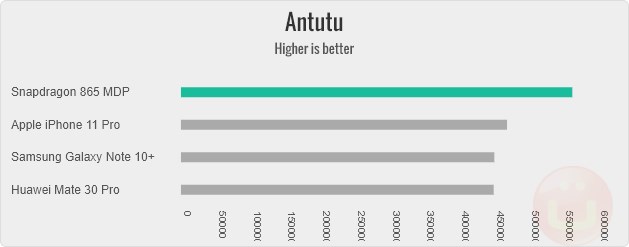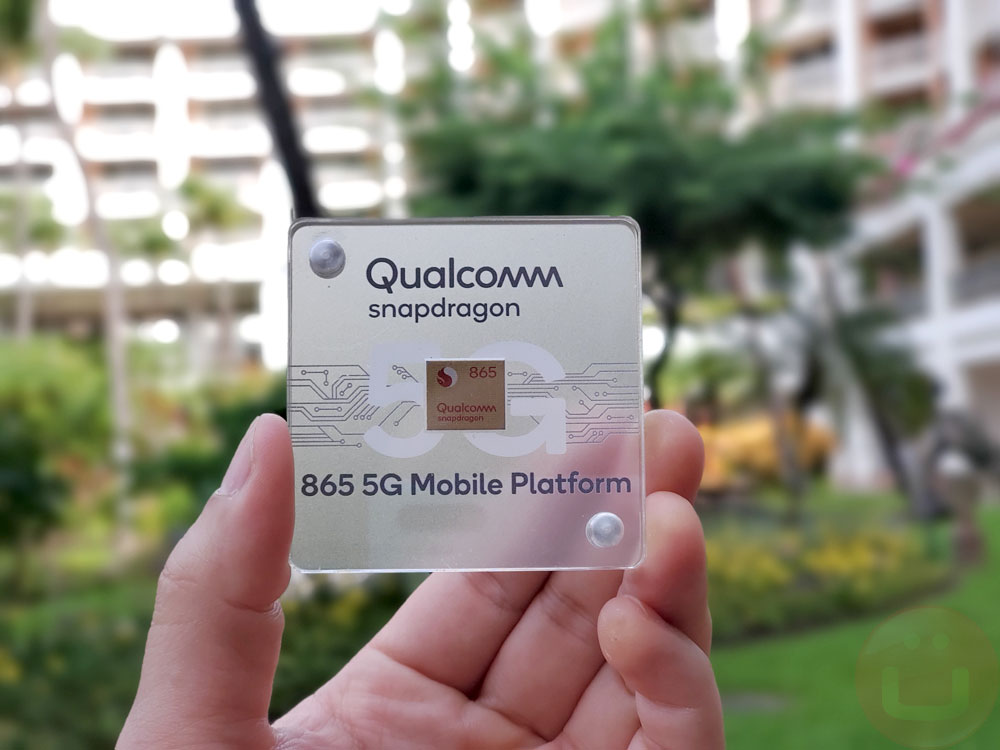Running a test like Geekbench highlights CPU and system memory performance. As anticipated, you can see a generation notch in performance with Snapdragon 855. In our CPU tests, Qualcomm’s new chip was 20% to 33% faster than Snapdragon 855.
Its performance is similar to the multi-thread performance of Apple’s A13 chip, which is notoriously good at Geekbench, erasing Apple’s performance lead since Late September. The A13 processor remains the fastest in single-threaded benchmarks, although Qualcomm is coming fast on that front too.

HiSilicon’s Kirin 990 took the lead in CPU performance over Snapdragon 855 at IFA 2019, and we even nominated it one of the “Best of IFA 2019”. The Huawei Mate 30 Pro is the first handset to feature Kirin 990.

Antutu is an overall system speed test that tries to look at all aspects of performance. We normally don’t use it because we don’t think it’s that good, but Antutu very popular in some countries, so here it is.

Last year, the Galaxy S10 launched in the March timeframe, so that gives you an idea of what might happen in 2020.
In Open GL 3.1 experiments, we have measured an upwards difference of 23% to 25% versus its predecessor, which is right on point.
The performance increase is homogeneous across old and new graphics tests, unlike the Apple graphics processor, which is extremely good with old graphics, but less impressive with modern graphics. The lack of good cross-platform tests contributes to this perception.
Its gaming performance is about ~15% higher than the most recent Snapdragon 855+, which is an overclocked product dedicated to gaming phones.

Higher power-efficiency should translate into better-sustained performance, a real advantage in any kind of gaming situation, because no-one plays for 1-3 minutes, which is the typical synthetic benchmarking duration.
Sustained performance comes down to heat generation and heat management. First, it’s best to generate as little heat as possible for a given level of performance. That’s a chip design issue, and running with a lower clock is part of it.
Thermal management is both chip and handset design issues. At the chip level, there are various strategies, including variable clock speeds, and granular control of different units’ power. The cooling of the handset plays a considerable role in dissipating the processor’s heat, and that’s the strong point of “gaming phones.”
We think that benchmarks are best to highlight generational differences and that you should take numbers with a grain of salt unless you’re measuring very specific things.


